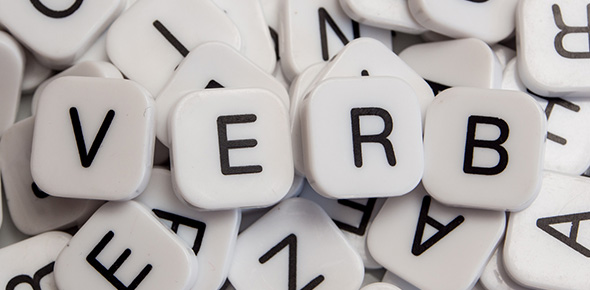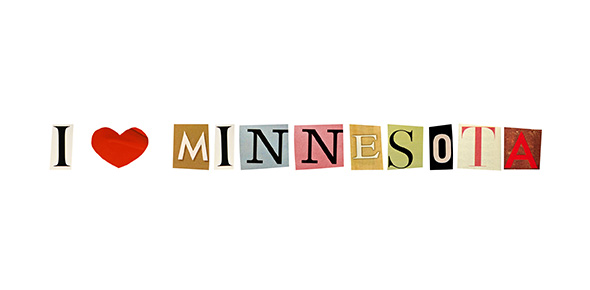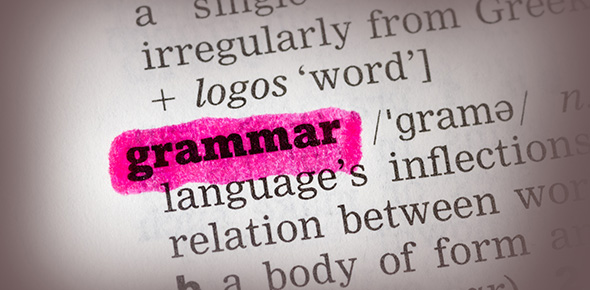Related Flashcards
Cards In This Set
| Front | Back |
|
Dada and Surrealism (1917–1950)
|
Characteristics:
Ridiculous art; painting dreams and exploring the unconscious Artists: Duchamp, Dalí, Ernst, Magritte, de Chirico, Kahlo Historically: Disillusionment after World War I; The Great Depression (1929–1938); World War II (1939–1945) and Nazi horrors; atomic bombs dropped on Japan (1945) |
|
Abstract Expressionism (1940s–1950s) and Pop Art
(1960s)
|
Characteristics:
Post–World War II: pure abstraction and expression without form; popular art absorbs consumerism Artists: Gorky, Pollock, de Kooning, Rothko, Warhol, Lichtenstein Historically: Cold War and Vietnam War (U.S. enters 1965); U.S.S.R. suppresses Hungarian revolt (1956) Czechoslovakian revolt (1968) |
|
Duchamp,
|
 Duchamp challenged conventional thought about artistic processes and art marketing, not so much by writing, but through subversive actions such as dubbing a urinal art and naming it Fountain. |
|
Dalí,
|
 Dalí was a skilled draftsman, best known for the striking and bizarre images in his surrealist work. His painterly skills are often attributed to the influence of Renaissance masters. |
|
Ernst,
|
 German painter, sculptor, graphic artist, and poet. A prolific artist, Ernst was one of the primary pioneers of the Dada movement and Surrealism. |
|
Rene Magritte,
|
 Belgian surrealist artist. He became well known for a number of witty and thought-provoking images. His work challenges observers' preconditioned perceptions of reality. |
|
De Chirico,
|
 Pre-Surrealist and then Surrealist Italian painter born in Volos, Greece, to a Genovese mother and a Sicilian father.[1] He founded the scuola metafisica art |
|
Kahlo
|
 Mexican painter, born in Coyoacán,[4] and perhaps best known for her self-portraits.[5] |
|
Gorky,
|
 American painter who had a seminal influence on Abstract Expressionism. As such, his works were often speculated to have been informed by the suffering and loss he experienced of the Armenian genocide.[1] |
|
Pollock,
|
 Was an influential American painter and a major figure in the abstract expressionist movement. During his lifetime, Pollock enjoyed considerable fame and notoriety. He was regarded as a mostly reclusive artist. He had a volatile personality, and struggled with alcoholism for most of his life. |
|
De Kooning,
|
Abstract expressionist artist who was born in Rotterdam, the Netherlands.
In the post-World War II era, de Kooning painted in a style that came to be referred to as Abstract expressionism or Action painting, and was part of a group of artists that came to be known as the New York School.
|
|
Rothko,
|
 Was a Russian-born American painter. He is classified as an abstract expressionist, although he himself rejected this label, and even resisted classification as an "abstract painter". The boxes are supposed to represent the body. |
|
Warhol,
|
 American painter, printmaker, and filmmaker who was a leading figure in the visual art movement known as pop art. After a successful career as a commercial illustrator, Warhol became famous worldwide for his work as a painter, avant-garde filmmaker, record producer, author, and member of highly diverse social circles that included Bohemian street people, distinguished intellectuals, Hollywood celebrities and wealthy patrons. |
|
Lichtenstein
|
 A prominent American pop artist.His work defined the basic premise of pop art better than any other through parody. [2] Favoring the old-fashioned comic strip as subject matter, Lichtenstein produced hard-edged, precise compositions that documented while it parodied often in a tongue-in-cheek humorous manner. |







